Home>Technology>Smart Home Devices>Why Won’t My Printer Scan To My Computer
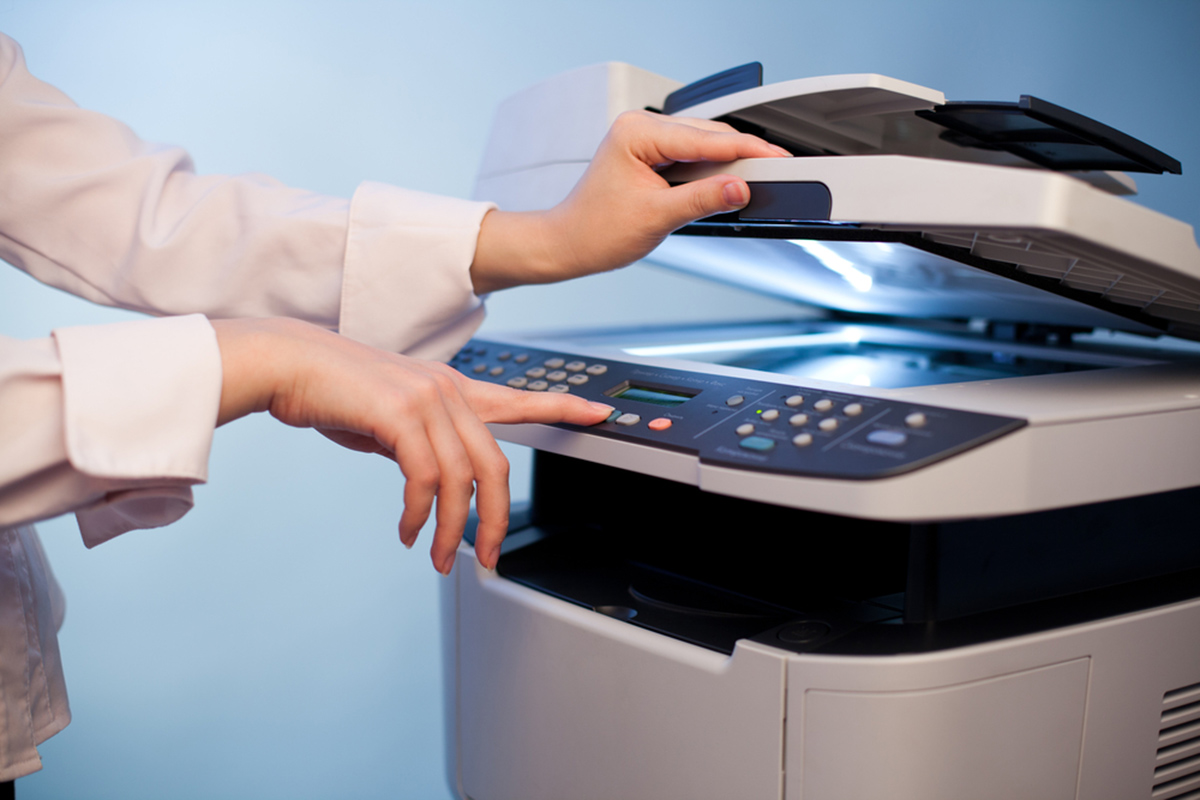

Smart Home Devices
Why Won’t My Printer Scan To My Computer
Modified: January 14, 2024
Learn how to troubleshoot issues with your smart home devices and get your printer to scan to your computer. Find solutions and tips to resolve scanning problems.
(Many of the links in this article redirect to a specific reviewed product. Your purchase of these products through affiliate links helps to generate commission for Storables.com, at no extra cost. Learn more)
Introduction
Having a printer that won’t scan to your computer can be frustrating, especially when you need to digitize important documents or images. This issue can stem from various factors, including connectivity problems, outdated drivers, scanner settings, or software conflicts. In this guide, we’ll explore common reasons why your printer may not be scanning to your computer and provide practical solutions to address these issues.
Whether you’re using a home printer or a multifunction device in a workplace, understanding how to troubleshoot scanning problems is essential for maintaining productivity and ensuring seamless document management. By following the steps outlined in this article, you’ll be equipped to diagnose and resolve the scanning issues with your printer, ultimately streamlining your workflow and minimizing downtime.
Key Takeaways:
- Ensure your printer and computer are connected properly to resolve scanning issues. Check cables, Wi-Fi signal, and restart devices for seamless scanning functionality.
- Keep your printer drivers updated and review scanner settings to optimize scanning. Address software conflicts and ensure compatibility for efficient document digitization.
Read more: How To Scan To My Computer From HP Printer
Check the Connection
One of the primary reasons why your printer may not be scanning to your computer is a faulty or unstable connection. Start by ensuring that all cables connecting the printer to your computer are securely plugged in. If you’re using a wireless connection, verify that both the printer and the computer are connected to the same network. It’s also beneficial to check for any physical obstructions or interference that could disrupt the connection, particularly in the case of wireless printers.
If you’re using a USB connection, try using a different USB port on your computer to rule out port-related issues. Additionally, inspect the USB cable for any signs of damage, such as fraying or bent connectors. Replacing the cable with a known-working one can help determine if the issue lies with the cable itself.
For wireless printers, ensure that the Wi-Fi signal is strong and stable in the printer’s location. If the signal is weak, consider repositioning the router or using a Wi-Fi extender to improve coverage. It’s also advisable to power cycle the printer and the router by turning them off, waiting for a few minutes, and then turning them back on. This simple step can resolve connectivity glitches that may be hindering the scanning function.
By meticulously examining the connection between your printer and computer, whether wired or wireless, you can preemptively address potential causes of scanning issues and establish a reliable communication link for seamless scanning operations.
Update Printer Drivers
Outdated or incompatible printer drivers can impede the scanning functionality of your printer. Printer drivers act as the bridge between your printer and computer, facilitating communication and enabling the proper execution of printing and scanning tasks. If your printer is not scanning to your computer, updating the printer drivers is a crucial troubleshooting step.
Begin by identifying the make and model of your printer. Visit the manufacturer’s official website, navigate to the support or downloads section, and search for the latest drivers compatible with your printer model and operating system. Download the updated drivers and follow the installation instructions provided by the manufacturer. Alternatively, you can utilize driver management software that automates the process of identifying and updating outdated drivers, ensuring that your printer is equipped with the latest software for optimal performance.
Another method to update printer drivers is through the Device Manager on Windows or the System Preferences on macOS. Access the respective interface, locate your printer, right-click on it, and select the option to update the driver software. This initiates a search for available driver updates and guides you through the installation process.
Regularly updating your printer drivers not only resolves scanning issues but also enhances overall print quality, performance, and compatibility with software and operating system updates. By staying proactive in maintaining up-to-date printer drivers, you can mitigate potential scanning problems and ensure a seamless printing and scanning experience.
Check Scanner Settings
When your printer is unable to scan to your computer, checking the scanner settings is a pivotal step in troubleshooting the issue. Scanner settings, such as resolution, file format, and destination folder, can impact the scanning process and determine the accessibility of scanned documents on your computer.
Initiate the troubleshooting process by accessing the printer’s control panel or scanning software on your computer. Verify that the scanner settings align with your scanning requirements. Ensure that the selected file format (such as PDF or JPEG) is compatible with your computer and the intended use of the scanned documents. Additionally, confirm that the resolution settings meet your desired quality and file size preferences.
Moreover, double-check the destination folder or location where the scanned files are being saved. Ensure that this location is easily accessible and that you have the necessary permissions to save files to that directory. If the destination folder is on a network drive, validate the network connectivity and permissions to prevent potential scanning errors.
If you’re using scanning software provided by the printer manufacturer, explore the advanced settings to fine-tune scanning parameters and customize the scanning process according to your specific needs. Familiarizing yourself with the scanner settings empowers you to optimize the scanning workflow and troubleshoot any discrepancies that may hinder the scanning-to-computer functionality.
By meticulously reviewing and adjusting the scanner settings, you can tailor the scanning process to align with your preferences and ensure that scanned documents are seamlessly transferred to your computer for further processing and storage.
Make sure your printer and computer are connected to the same network. Check for any software updates for your printer and computer. Restart both devices and try scanning again.
Restart Devices
When encountering scanning issues with your printer, performing a simple yet effective troubleshooting step—restarting the devices—can often resolve underlying connectivity or software-related issues that impede the scanning process. Restarting the printer, computer, and network devices can help refresh their configurations and eliminate temporary glitches that may be hindering the scanning functionality.
Commence the troubleshooting process by turning off your printer and unplugging it from the power source. Allow the printer to remain powered off for a few minutes to ensure that any residual power dissipates. Meanwhile, shut down your computer and, if applicable, any network devices such as routers or switches. Once all devices are powered down, reconnect the printer to the power source and turn it on. Subsequently, restart your computer and any network equipment.
After the devices have been restarted, attempt to initiate a scanning operation to ascertain whether the issue has been resolved. Restarting the devices can effectively clear temporary communication errors, re-establish network connections, and refresh the software environment, potentially mitigating the factors that were impeding the scanning-to-computer functionality.
Additionally, if your printer is connected via a USB cable, consider disconnecting and reconnecting the cable to ensure a secure and stable connection between the printer and your computer. This simple action can rectify any loose connections or minor cable-related issues that may have contributed to the scanning problem.
By incorporating device restarts into your troubleshooting routine, you can swiftly address common connectivity and software glitches, thereby restoring the scanning functionality of your printer and ensuring seamless communication between the printer and your computer.
Check for Software Conflicts
Software conflicts can disrupt the scanning process, leading to the inability of your printer to scan to your computer. Identifying and resolving potential conflicts with existing software applications and security tools is crucial for restoring seamless scanning functionality.
Commence the troubleshooting process by reviewing recently installed software on your computer. New applications, particularly those related to security, scanning, or printing, may inadvertently interfere with the scanning operations of your printer. Consider uninstalling or temporarily disabling any recently added software to assess whether it has been causing conflicts with the scanning function.
Furthermore, antivirus and firewall programs can sometimes block the communication between the printer and your computer, preventing successful scanning. Access the settings of your security software and create an exception or rule to allow the printer’s scanning functionality. This ensures that the printer is recognized as a trusted device and can seamlessly communicate with your computer for scanning purposes.
If you’re using scanning or printing software provided by the printer manufacturer, ensure that it is compatible with your operating system and other installed applications. Check for updates or patches for the software to address any known compatibility issues that may be affecting the scanning process.
Additionally, verify that there are no pending software updates for your operating system. Outdated system software can sometimes lead to compatibility issues with printer functionality. By keeping your operating system up to date, you can mitigate potential conflicts and ensure that the necessary system components for scanning are functioning optimally.
By diligently evaluating and addressing software conflicts, you can preemptively resolve potential barriers to the scanning process, thereby restoring the seamless scanning-to-computer functionality of your printer and enabling efficient document digitization.
Conclusion
Encountering scanning issues with your printer can be a source of frustration, but by systematically addressing common factors that impede the scanning functionality, you can swiftly restore seamless communication between your printer and computer. Whether the issue stems from connectivity problems, outdated drivers, scanner settings, or software conflicts, the troubleshooting steps outlined in this guide provide actionable solutions to diagnose and resolve scanning issues effectively.
By meticulously checking the connection, updating printer drivers, reviewing scanner settings, restarting devices, and addressing potential software conflicts, you can proactively troubleshoot and rectify issues that hinder the scanning-to-computer functionality of your printer. These proactive measures empower you to maintain productivity, streamline document management, and ensure that your printer operates at its optimal capacity for scanning and printing tasks.
Moreover, staying abreast of software updates and ensuring the compatibility of installed applications with your printer can help prevent future scanning issues, fostering a seamless and efficient printing and scanning experience. By incorporating these troubleshooting steps into your routine maintenance practices, you can mitigate potential scanning problems and sustain a reliable and productive workflow.
Ultimately, addressing scanning issues with your printer not only enhances operational efficiency but also minimizes downtime and frustration, enabling you to seamlessly digitize and manage documents with ease. By leveraging the insights and solutions provided in this guide, you can navigate and troubleshoot scanning challenges with confidence, ensuring that your printer consistently delivers exceptional scanning performance and meets your document management needs.
Frequently Asked Questions about Why Won't My Printer Scan To My Computer
Was this page helpful?
At Storables.com, we guarantee accurate and reliable information. Our content, validated by Expert Board Contributors, is crafted following stringent Editorial Policies. We're committed to providing you with well-researched, expert-backed insights for all your informational needs.
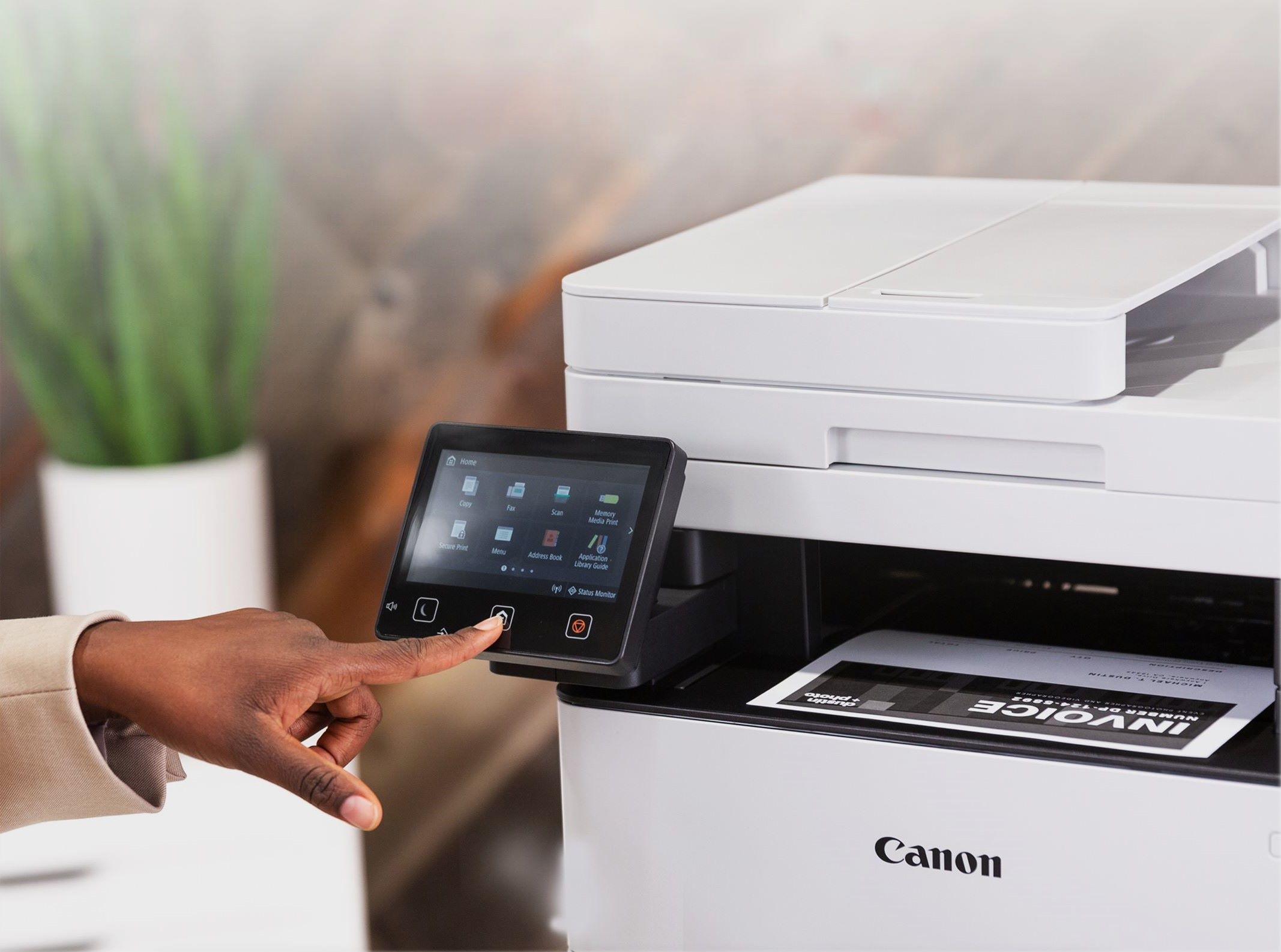
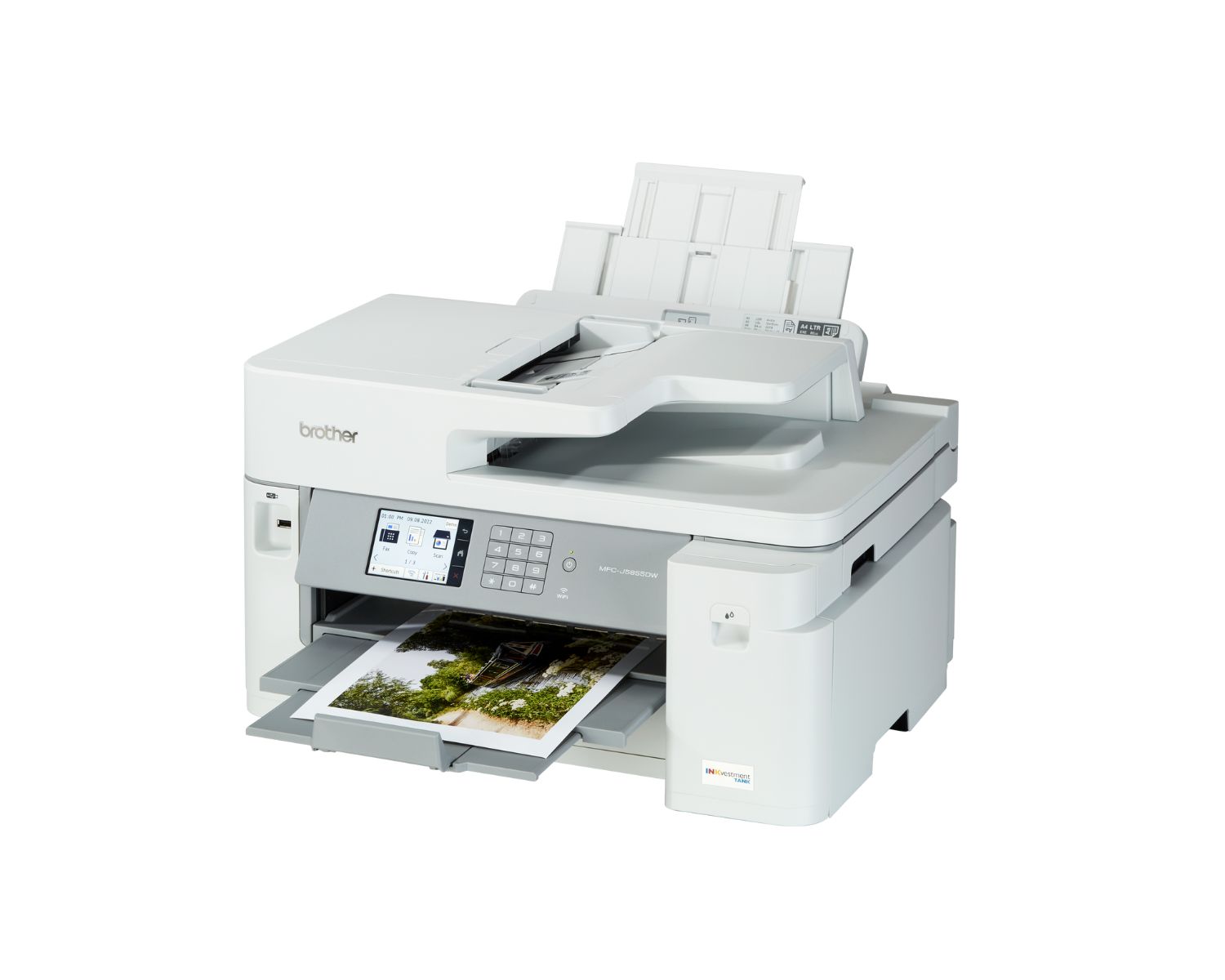

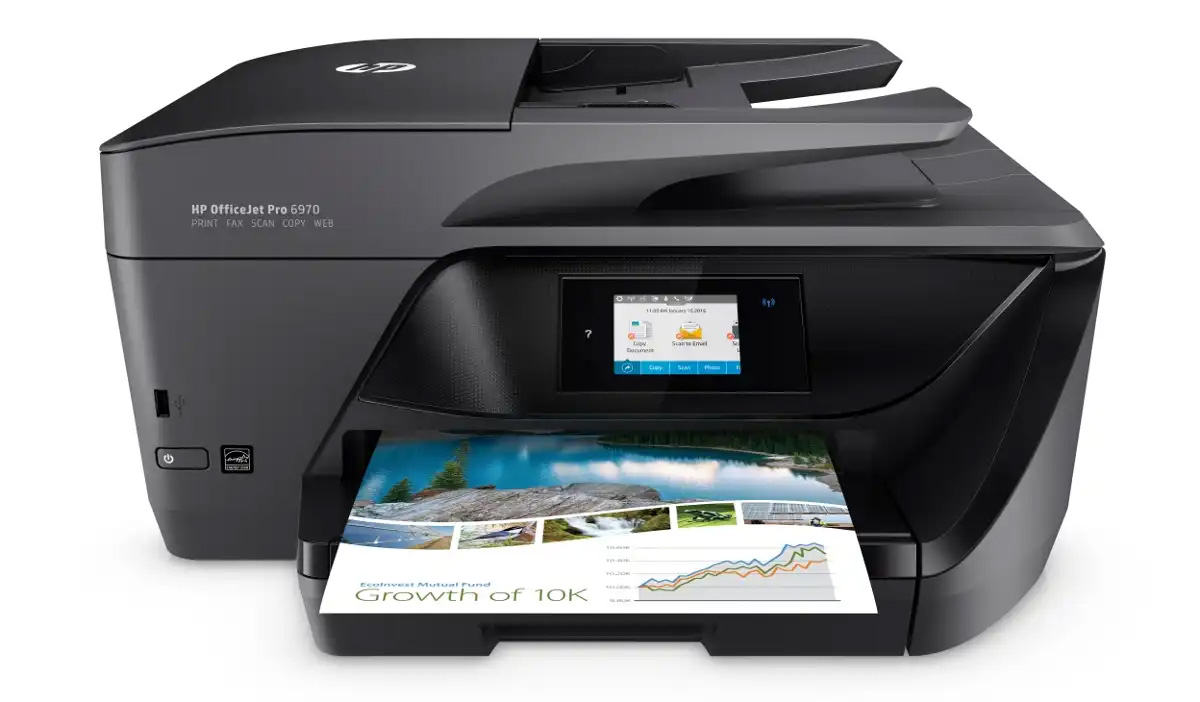
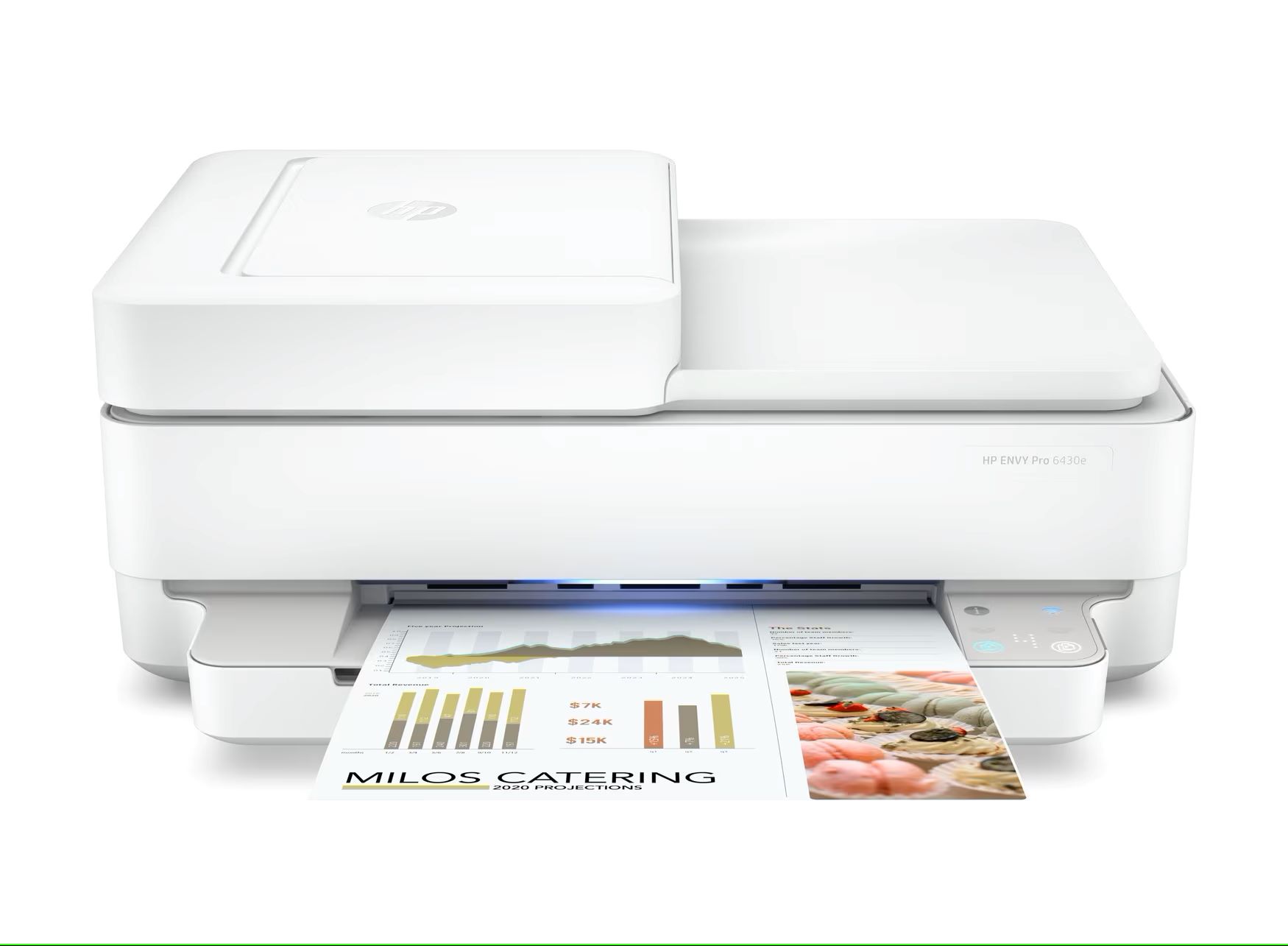



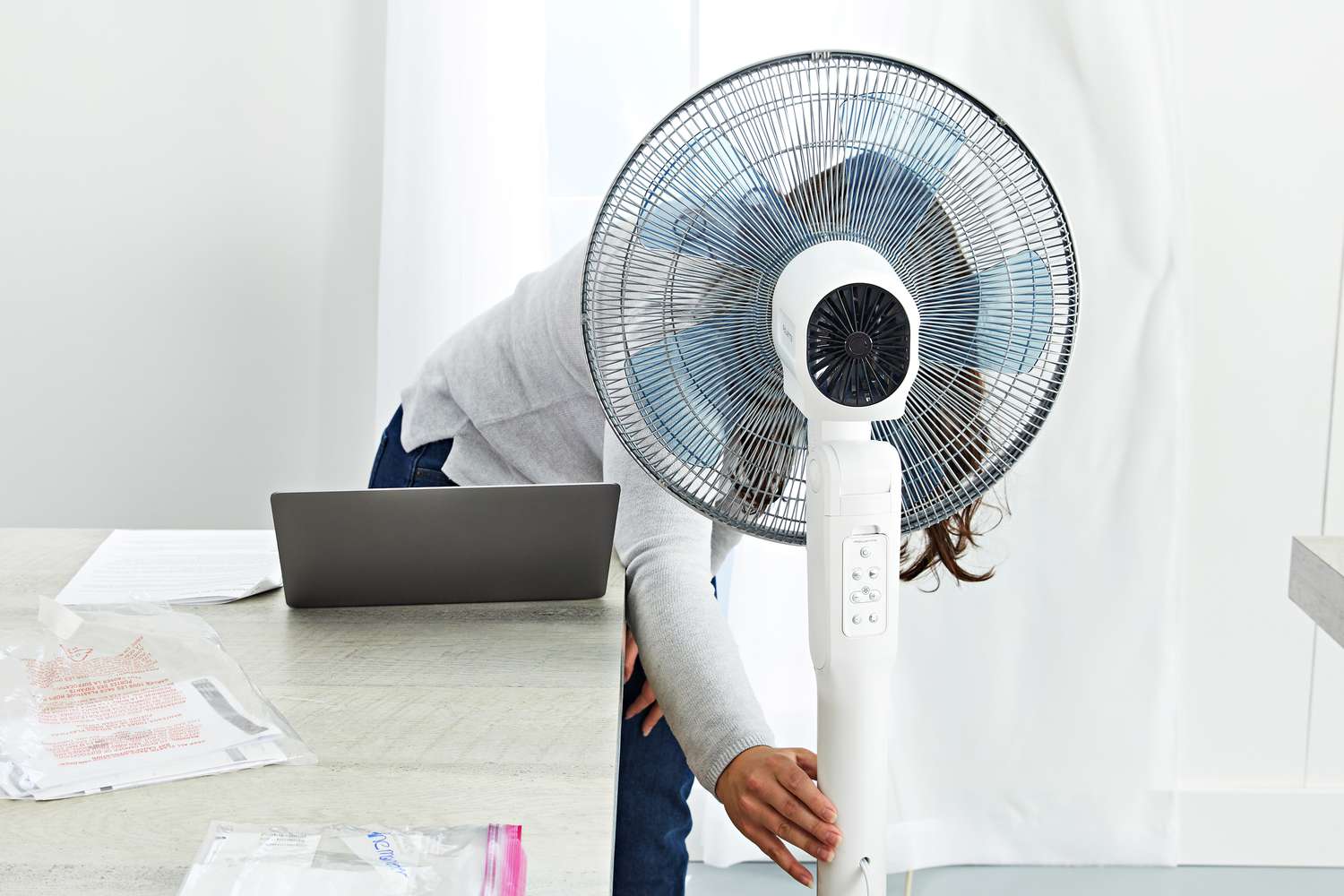

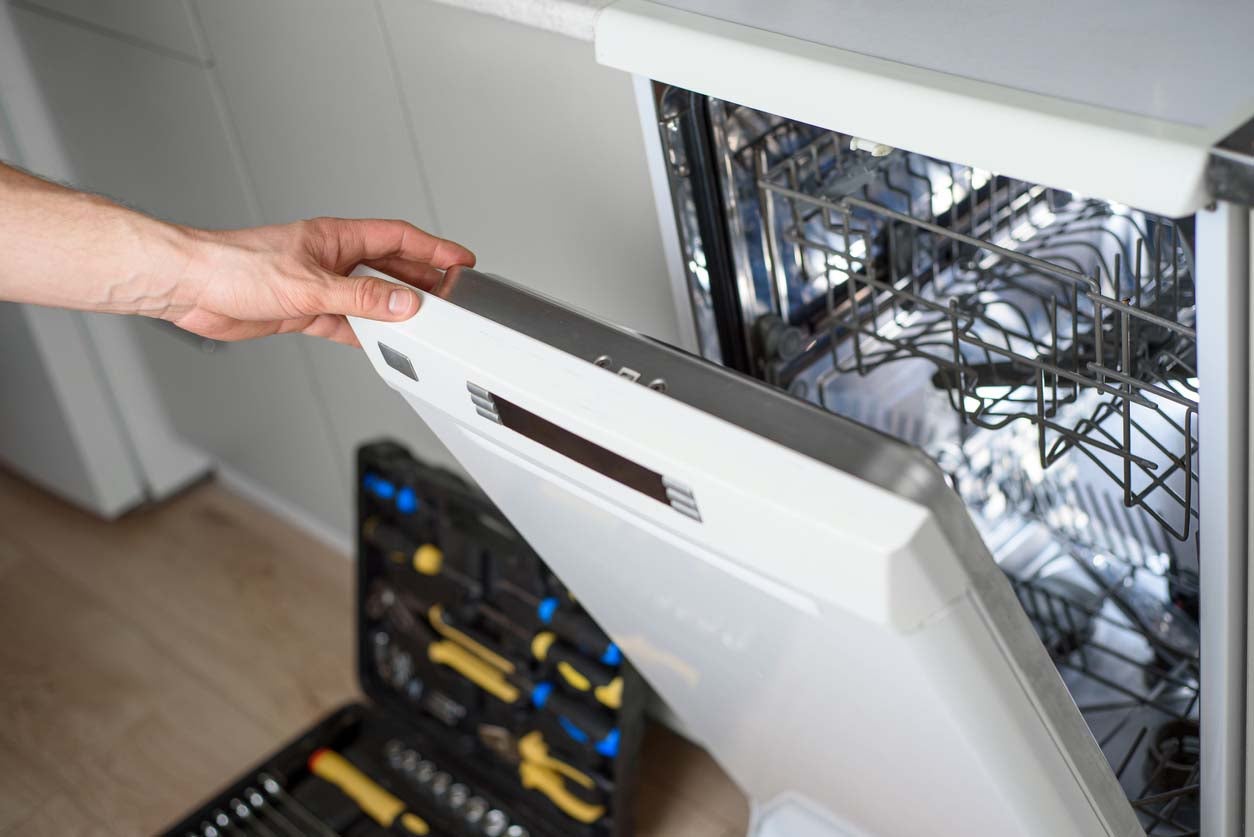
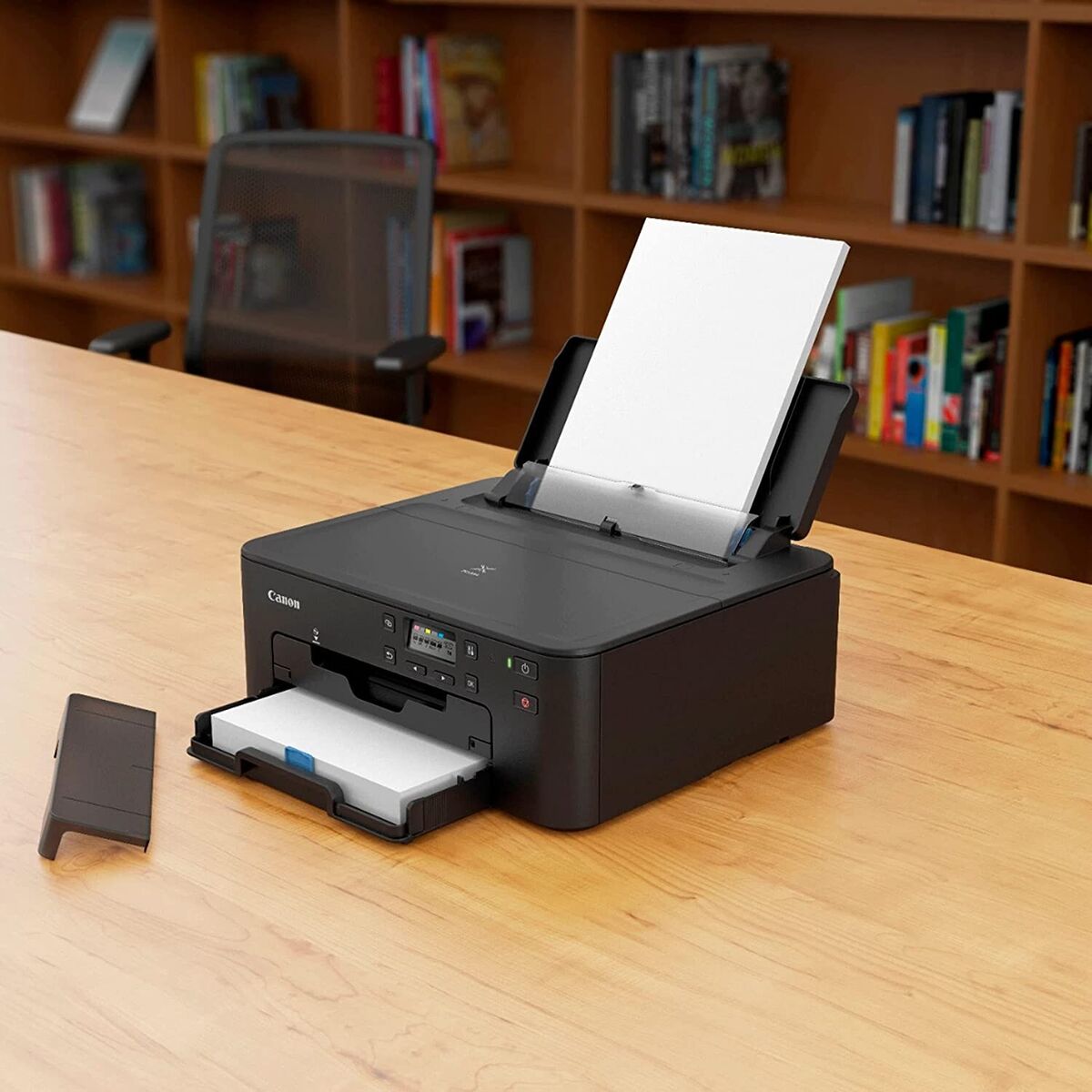
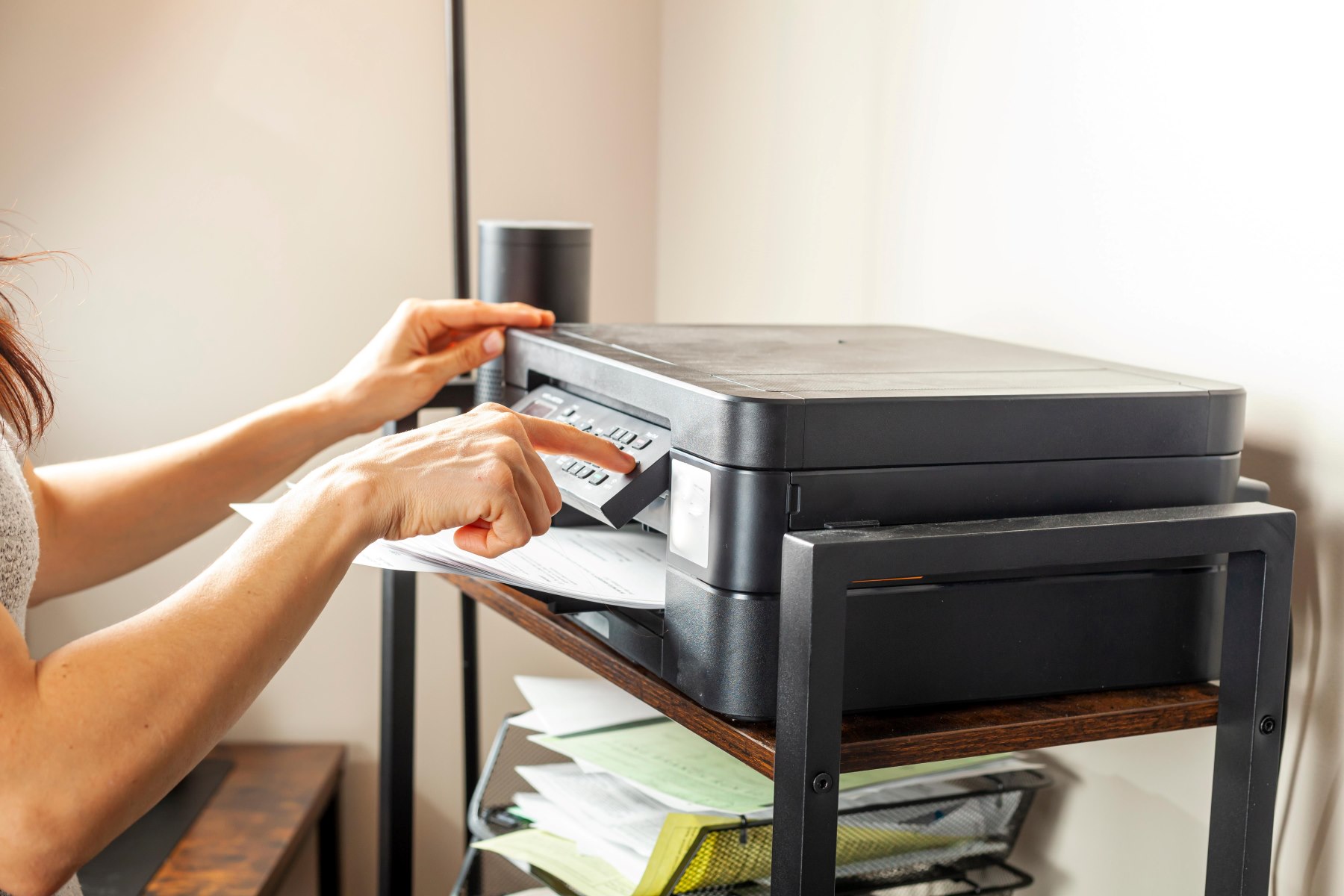
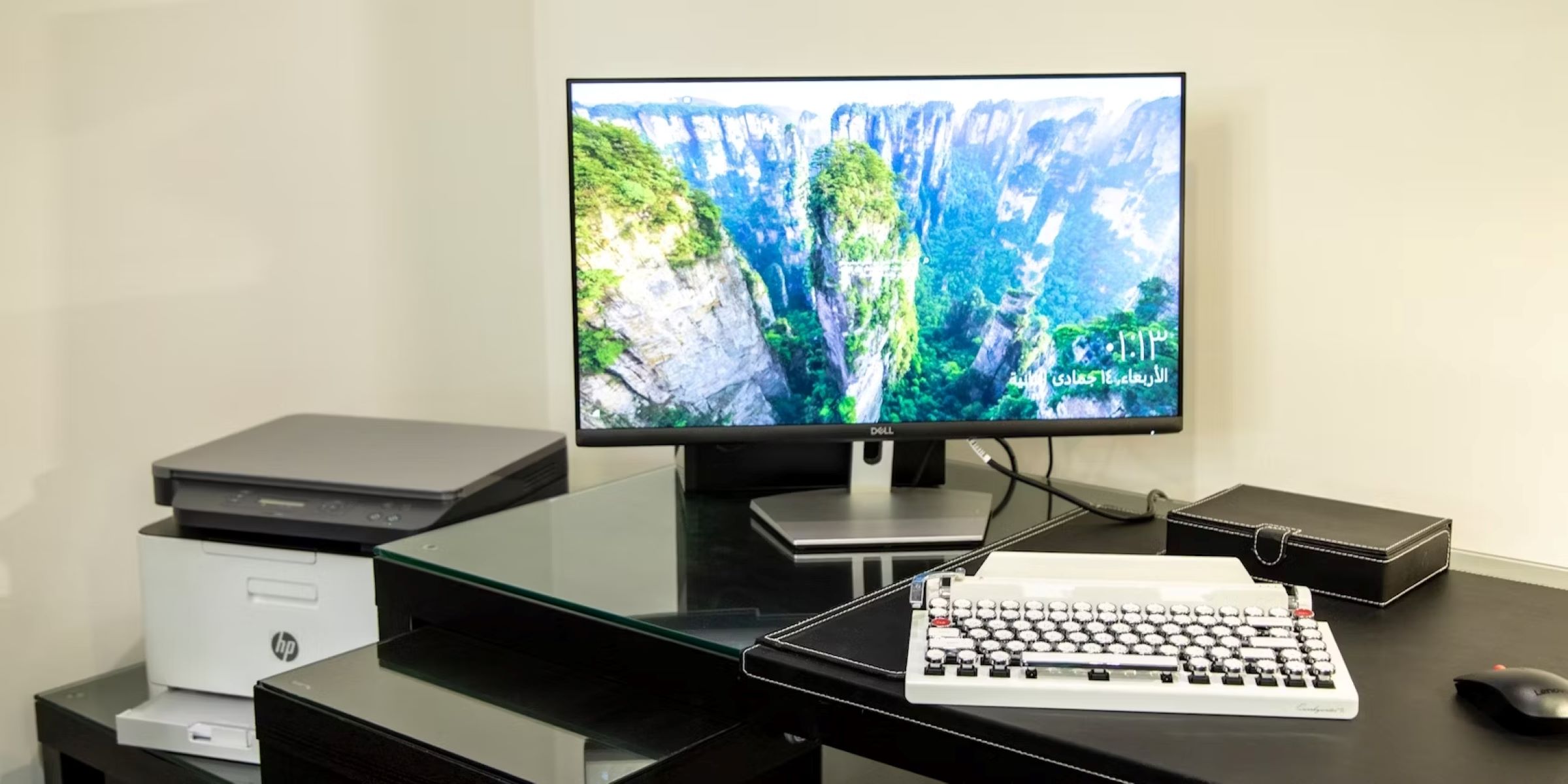

0 thoughts on “Why Won’t My Printer Scan To My Computer”